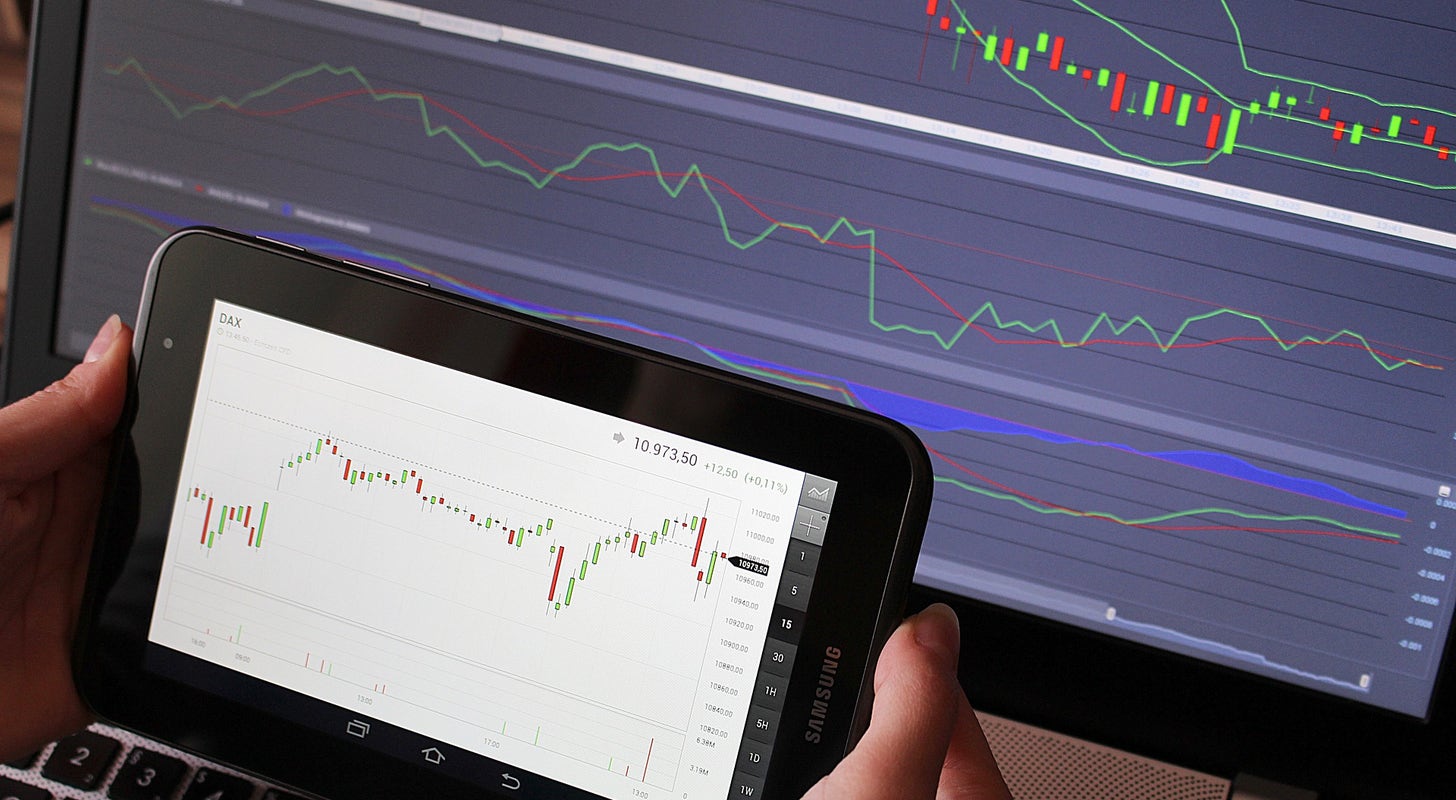McDonald's Unusual Options Activity For March 19 McDonald's, Retail traders, Benzinga Insights, High-rolling investors by https://www.benzinga.com/

AI Insights:
Simple Explanation:
A group of rich people who know a lot about money think that McDonald's, the big hamburger company, is not going to do well in the future. They are betting their money on this idea by buying something called options, which let them make more money if McDonald's does bad and less money if it does good. This is important for regular people like you and me because we can learn from what these rich people think and maybe do something with our own money based on that. Read from source...
Critical Perspective:
- The title is misleading and sensationalist, implying that there is something unusual or suspicious about McDonald's options activity on March 19, when in fact the data shows that it is consistent with historical trends and market conditions.
- The article relies heavily on anonymous sources and vague descriptions of "high-rolling investors" and "whales", without providing any evidence or credibility to support their claims or motives. This creates a sense of mystery and fear among the readers, which could be manipulated for personal gain or agenda.
- The article uses percentages to measure sentiment, rather than actual numbers or volumes of trades. This is a simplistic and inaccurate way of representing options activity, as it does not account for the different strike prices, expiration dates, and underlying stock prices that affect the value and risk of each contract.
- The article assumes that the put option is a bearish bet, when in fact it could be a protective or hedging strategy to reduce downside risk in case of an unexpected event or news. It also ignores the possibility that some of the call options could be bullish or neutral, depending on the strike price and expected profit level.
- The article presents volume and open interest data without explaining what they mean or how they are relevant for option traders. It also uses outdated information (last 3 months) instead of the current or recent trends (last week or month), which could hide important changes in market dynamics or investor sentiment.
Sentiment Analysis:
Bearish
Reasoning: The article states that high-rolling investors have positioned themselves bearish on McDonald's and it is important for retail traders to take note. Additionally, the majority of major traders are bearish (72%) compared to bullish (27%). The options scanner also identified one put option and 10 call options, which typically indicates a bearish outlook on the stock price.
Investment Analysis:
We are not financial advisors. It's always essential for you to consult with a financial advisor and do your research before making any decisions about investments.
One possible way to approach this task is to first analyze the options data and then make a trade based on the observed patterns and sentiment. Here are some steps that could be followed:
- Step 1: Identify the strike prices that have the highest volume and open interest, as these indicate the most liquid and popular contracts. For McDonald's, this would be $270.0 and $280.0 calls, as well as $290.0 puts.
- Step 2: Compare the bullish and bearish sentiment among the major traders, and see which side has more support or resistance at the chosen strike prices. For example, if there are more calls than puts at a given strike price, this could suggest that the market expects the stock to go up in that range. On the other hand, if there are more puts than calls, this could indicate that the market anticipates a decline.
- Step 3: Evaluate the potential risks and rewards of each trade, based on factors such as the strike price, the premium paid or received, the time remaining until expiration, and the implied volatility. For example, if you buy a call option at $280.0 strike with a premium of $10, you would need the stock to rise above $290.0 by the expiration date in order to break even. However, you could potentially profit if the stock goes much higher than that level. Similarly, if you sell a put option at $290.0 strike with a premium of $5, you would keep the difference as long as the stock stays above $295.0 by the expiration date.
- Step 4: Based on these analysis, choose a trade that suits your risk appetite and expected return. For example, if you are bullish on McDonald's, you could buy a call option at $270.0 or $280.0 strike, betting on a rally in the stock price. If you are bearish, you could sell a put option at $290.0 strike, collecting premium and benefiting from a decline in the stock price. Alternatively, you could also consider a combination of calls and puts, such as a bull call spread or a bear put spread, which involve buying and selling different strikes of the same option type, to reduce the cost and increase the probability of making a profit.
- Step 5: Monitor your trade and adjust it accordingly if needed. You should keep track of the stock price movement, the implied volatility, and any news or events that could affect the market sentiment and the options value. You should also be prepared to exit your trade before expiration if you change your view on McDonald